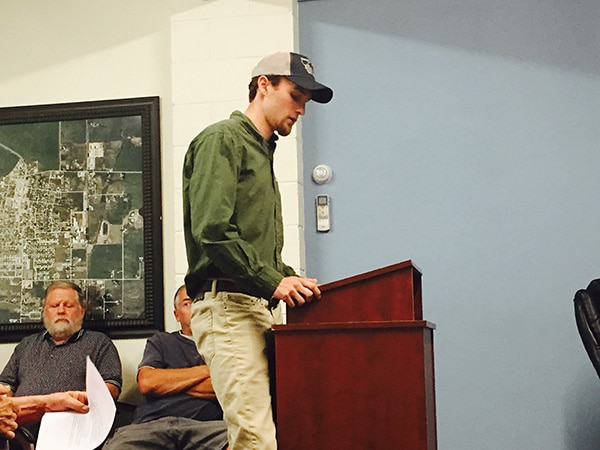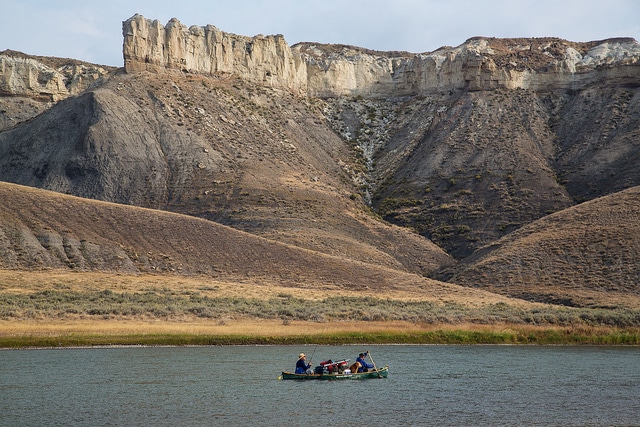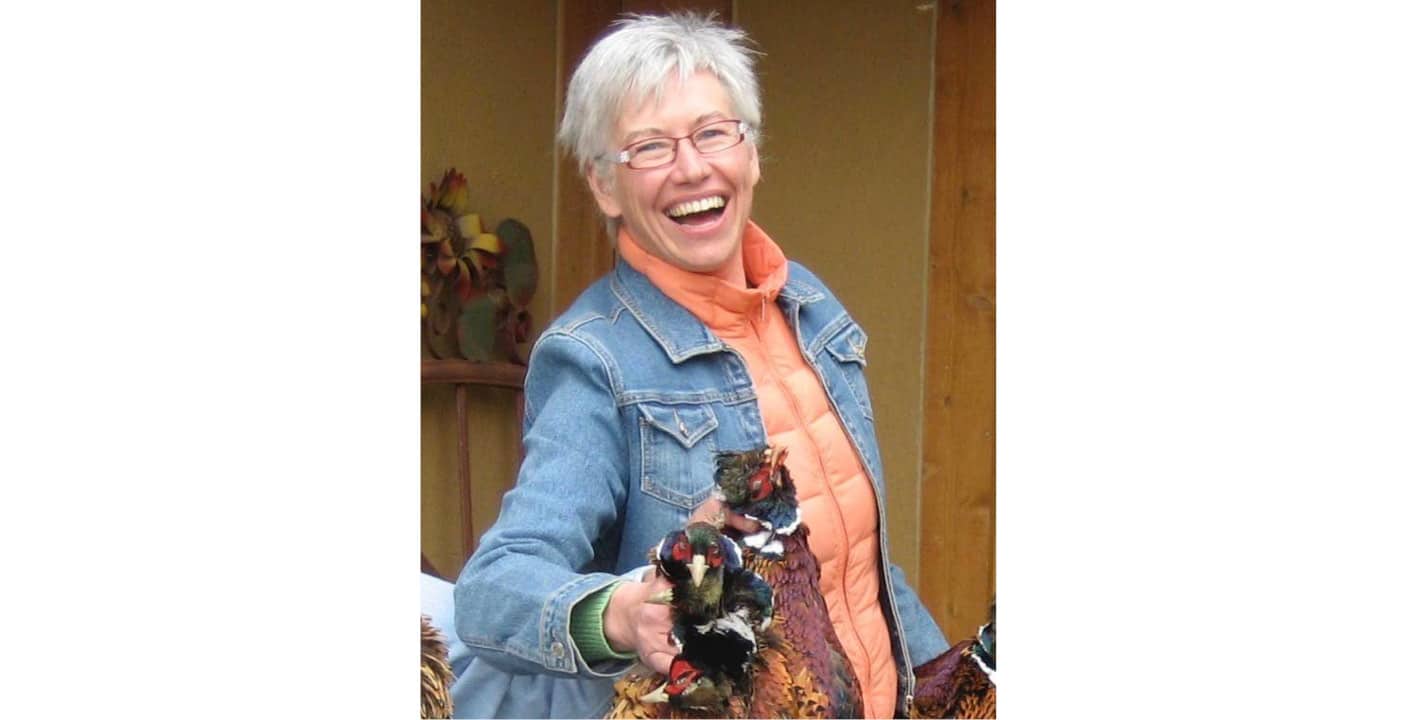
It’s been nearly a month since the landowner of one of the most popular fishing access sites on the Bitterroot River locked out the general public from launching their boats there. This unfortunate situation was a result of an ongoing failed land swap negotiation in which the town would have to trade up to eight and a half acres of its park land to secure the access site. While some in the fishing community were ready to take the deal, many Stevensville locals spoke out against what they saw as an unfair trade.
Despite the land swap debate putting the fishing community and park-goers in a tough spot, a push by Stevensville Mayor Jim Crews to find a temporary access site on the town’s property became a new hope for restoring access.
MWF was quick to respond and after meeting with Crews at the proposed new site, Western Field Representative Alec Underwood garnered widespread support from Montana’s fly fishing community to find a new access site. Within three days, over 70 anglers, guides, outfitters, and business owners from around the state had signed on to a letter in support for finding a timely resolution.
Underwood submitted the letter to the town council during a meeting on Monday night where the council would decide whether or not to move forward with trying to develop an access site. Along with reading the letter aloud, Underwood emphasized the importance of finding a solution sooner than later.
“Many people in the fishing community understand that looking toward a different solution is not only the right thing to do, it will solve the issue more quickly than revisiting land swap negotiations. Now is the time to act on these alternatives that will work for all citizens,” Underwood said.
Several members of the public referenced the importance of the site as an economic driver for the town of Stevensville while speaking out against revisiting a land swap deal and in favor of moving toward other solutions. With the strong testimony, a motion by a town council member to put the land swap to a town vote in November died. In contrast, the decision to allow Crews to open a temporary access site on the town’s property was unanimously approved.
Pending the permit approval for site construction, Crews says that he may be able to have the access site constructed within two to three days and with little manipulation. While this will temporarily solve the access issue, FWP will also be assessing the viability of a permanent site on the west side of the river. MWF sees this decision as a step in the right direction for the town of Stevensville and for all those who fish the Bitterroot River.
The decision by the town would not have been possible without the support from the fly fishing community. We thank the many anglers, outfitters, guides, and shop owners who signed on in support of solving this issue and restoring access to the Bitterroot River in Stevensville.
Alec Underwood is Montana Wildlife Federation’s Western Field Representative. You can reach him at alec@mtwf.org




